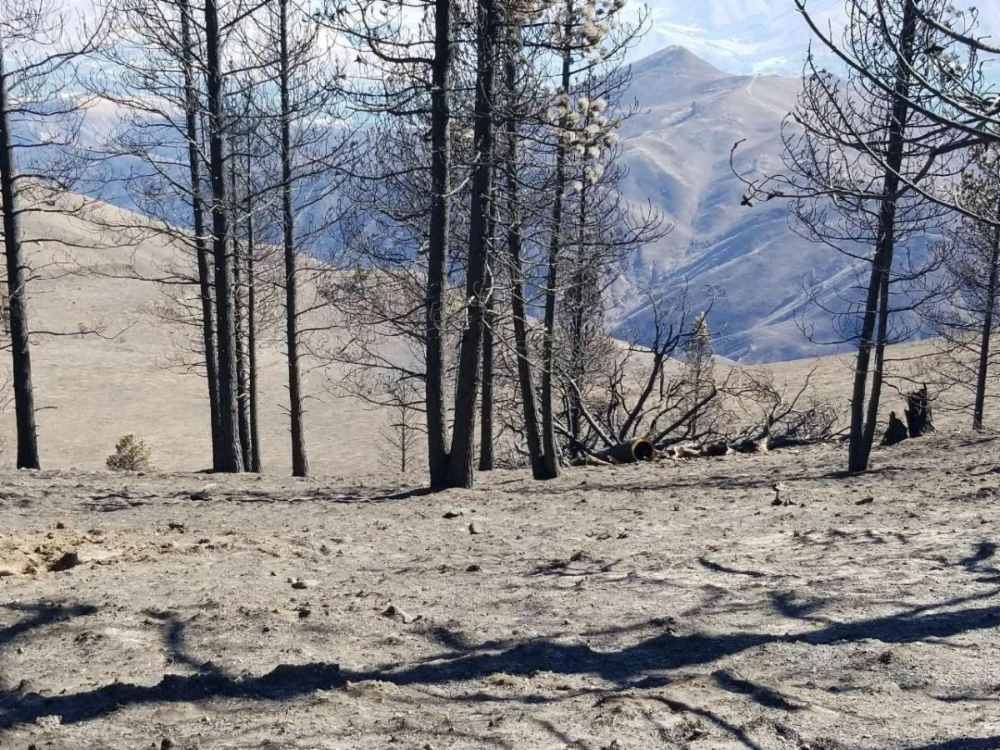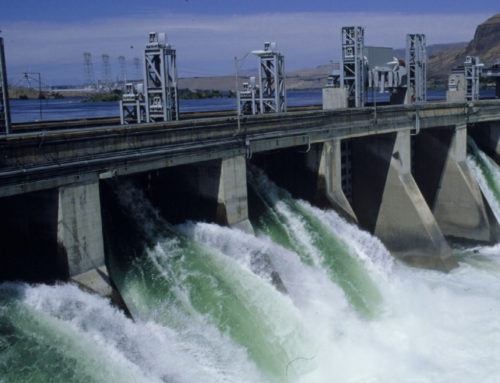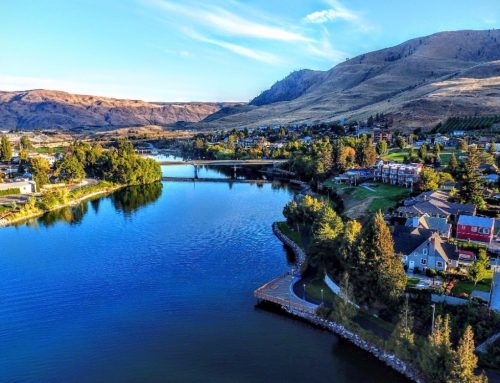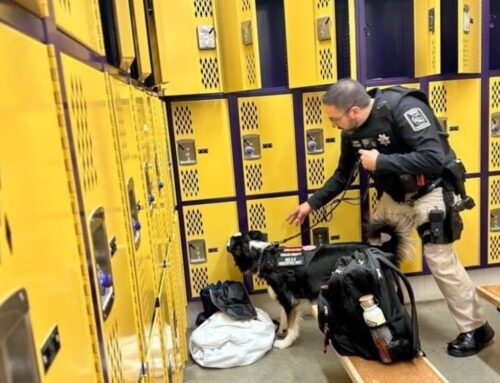Many wondering what happens next
information released by the Okanogan-Wenatchee National Forest; image of Red Apple Fire burn area
With almost every Ranger District on the Okanogan-Wenatchee National Forest actively engaged in fire suppression, many communities are starting to wonder what comes next and when closures might be lifted.
Fire closures are being evaluated regularly and will be revised or lifted as soon as we can safely do so based on fire activity and suppression operations. Sites directly impacted by wildfire may remain closed after fire activity has subsided while we assess and address hazards to make sure those areas are safe. Falling snags and limbs, stump holes, unstable ground, rock falls, downed trees, debris flows, and landslides can all occur in a post-fire landscape. Please recreate responsibly by respecting fire closures. They are in place for the safety of the public, to protect natural resources, and to allow critical repair work to be accomplished quickly and efficiently. For an interactive map of closures visit https://arcg.is/1W4y0f0.
After a fire, our priority is emergency stabilization to prevent further damage to life, property or resources on National Forest System lands. The stabilization work begins before the fire is out and may continue for up to a year. The Okanogan-Wenatchee National Forest has assembled a Burned Area Emergency Response (BAER) team that is beginning evaluation on the Cedar Creek and Cub Creek 2 Fires, and later will be responding to the Schneider Springs and Twenty-five Mile Fires.
The BAER team gathers data about fire progression and burned fuels and incorporates remote sensing imagery to compile an assessment. The team then conducts field surveys to evaluate soil burn severity within wildfire perimeters on National Forest System lands. The team develops a burn severity map and a report to identify immediate threats to people, property, and cultural and natural resources, along with recommended emergency treatments. Wildfires can increase the risk of flooding, erosion, and sedimentation, along with debris-laden flows, reduced water quality, distribution of invasive plants, and hazards from falling trees and rocks.
Not all National Forest lands can be treated after a fire. Time, money, terrain and availability of resources can limit BAER repair efforts; treatments on slopes greater than 40 percent are often ineffective. Treatments will be focused on burn areas classified as high-severity and on areas that pose an immediate threat to the public safety and/or property.
Our goal is to open fire-impacted areas as soon as possible. We recognize the importance of these lands to the public and that the economic vitality of many fire affected communities is closely tied to recreation on the forest. As soon as it’s safe and hazards are mitigated, trail crews and volunteers will be working hard to clear, rebuild, repair, and stabilize trails and recreation sites. Please connect with local partner organizations and the Forest Service to learn about opportunities to volunteer opportunities in ways that are safe, productive, effective, and valuable. In the meantime, we appreciate your patience. We are still actively engaged in fire suppression efforts and there is a lot of work to be done to evaluate hazards before we send our employees or volunteers in to start rebuilding trails or doing restoration work.
As BAER assessments and other information becomes available it will be posted to inciweb.nwcg.gov and www.centralwashingtonfirerecovery.info. The BAER assessment for the Red Apple Fire is already posted. Assessments for the Cedar Creek and Cub Creek 2 Fires are anticipated in mid to late-September. BAER assessment work on the Schneider Springs and Twenty-five Mile Fire will begin as fire activity subsides, with an estimated start of mid-September.
Additional information on the BAER process is also available on the www.centralwashingtonfirerecovery.info site.
The mission of the USDA Forest Service is to sustain the health, diversity, and productivity of the nation’s forests and grasslands to meet the needs of present and future generations. USDA is an equal opportunity provider, employer, and lender.








